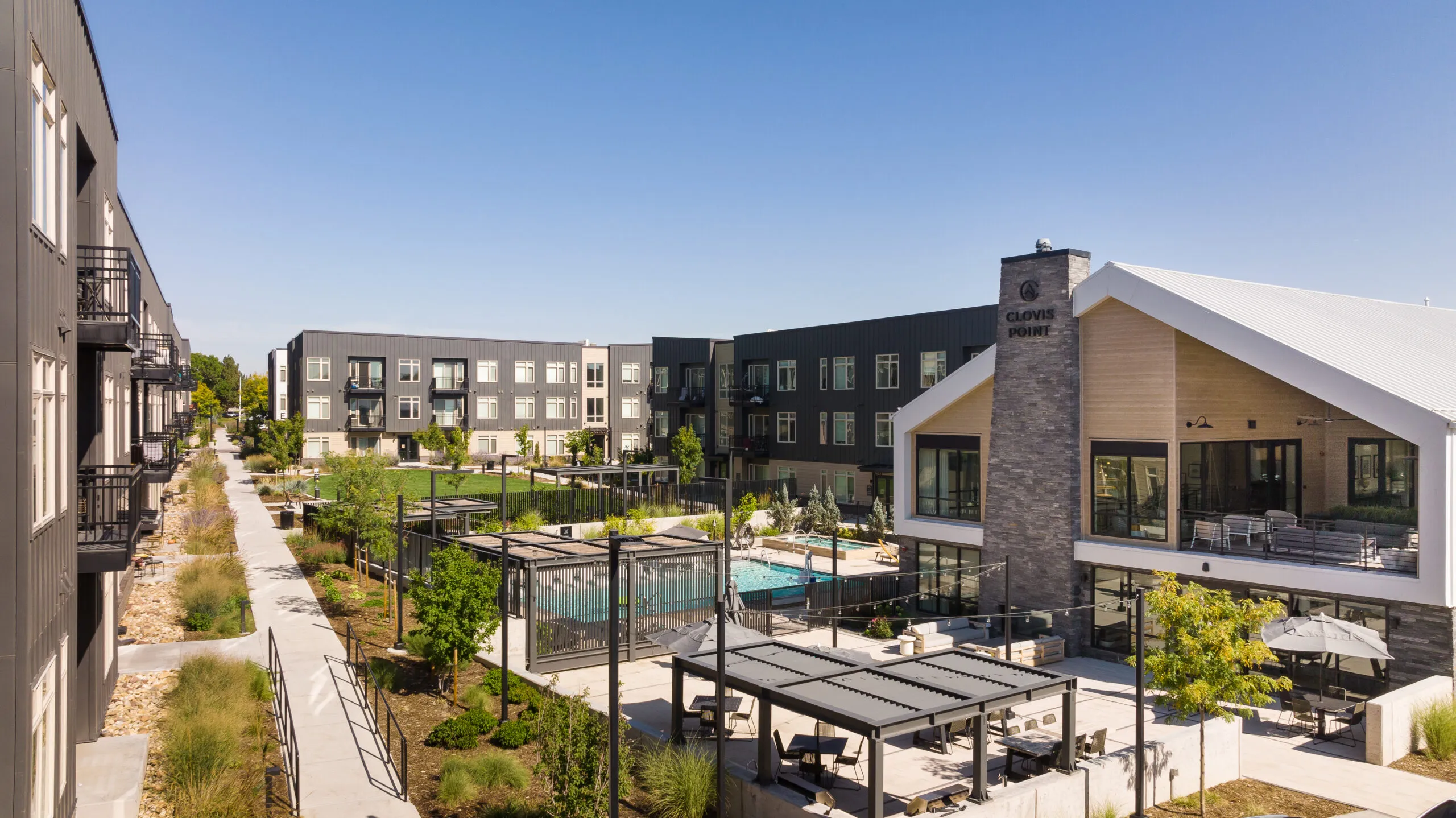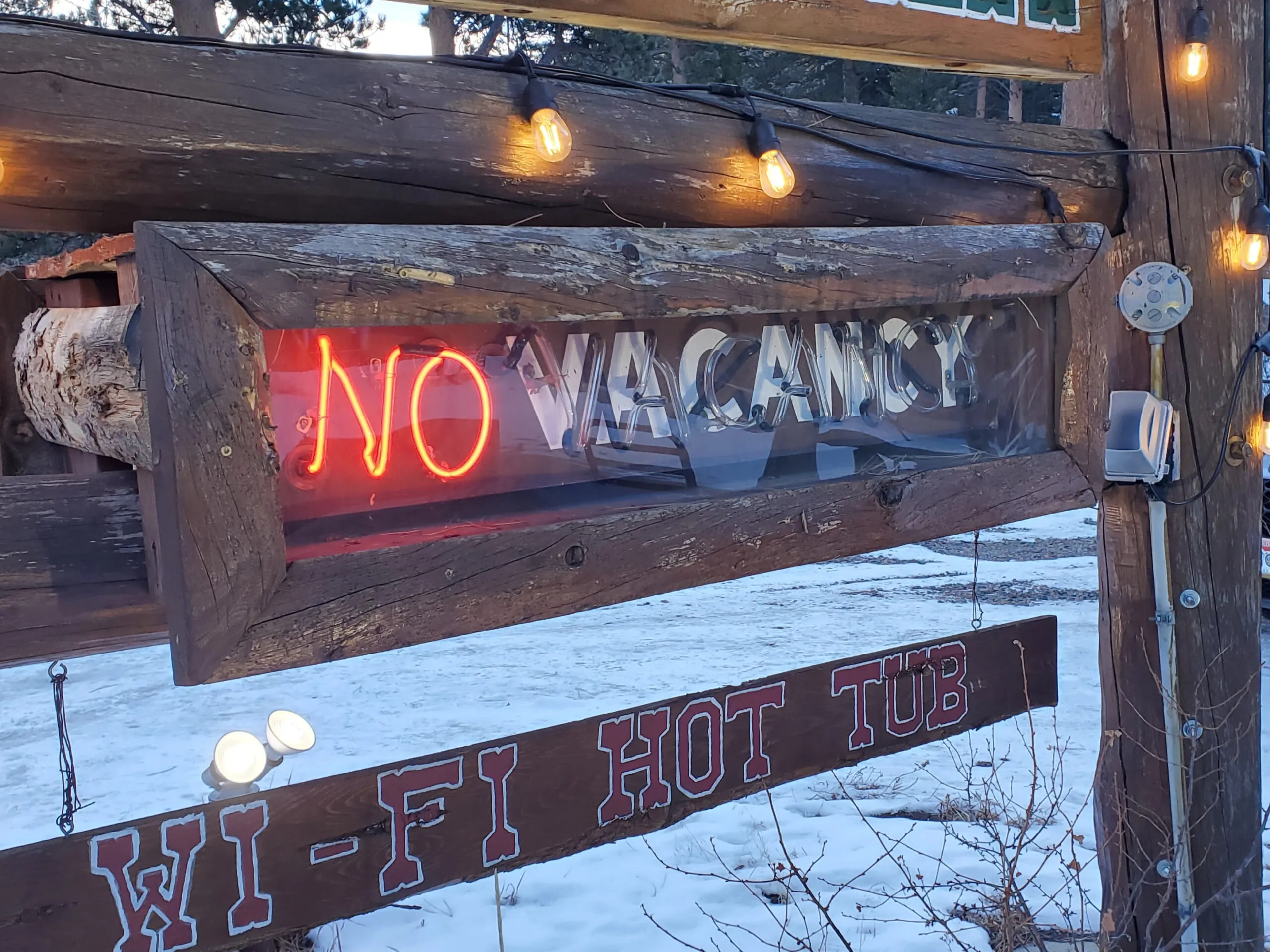A clash of interests
Boulder County commission meeting Tuesday to feature debate over conservation easement

LONGMONT — It’s a dispute that has flared up frequently as growth overtakes a northern Front Range corridor that was once dominated by agriculture.
One side has financial interest in developing a property it owns and cites the need for more attainable housing for a growing city.
The other side clamors to preserve open space that it thought would be set aside forever, and worries about an increase in traffic and safety issues.
The conflict will play out again Tuesday when Boulder County commissioners pick up a meeting where they left it on July 6. The session will start at 3…
THIS ARTICLE IS FOR SUBSCRIBERS ONLY
Continue reading for less than $3 per week!
Get a month of award-winning local business news, trends and insights
Access award-winning content today!





